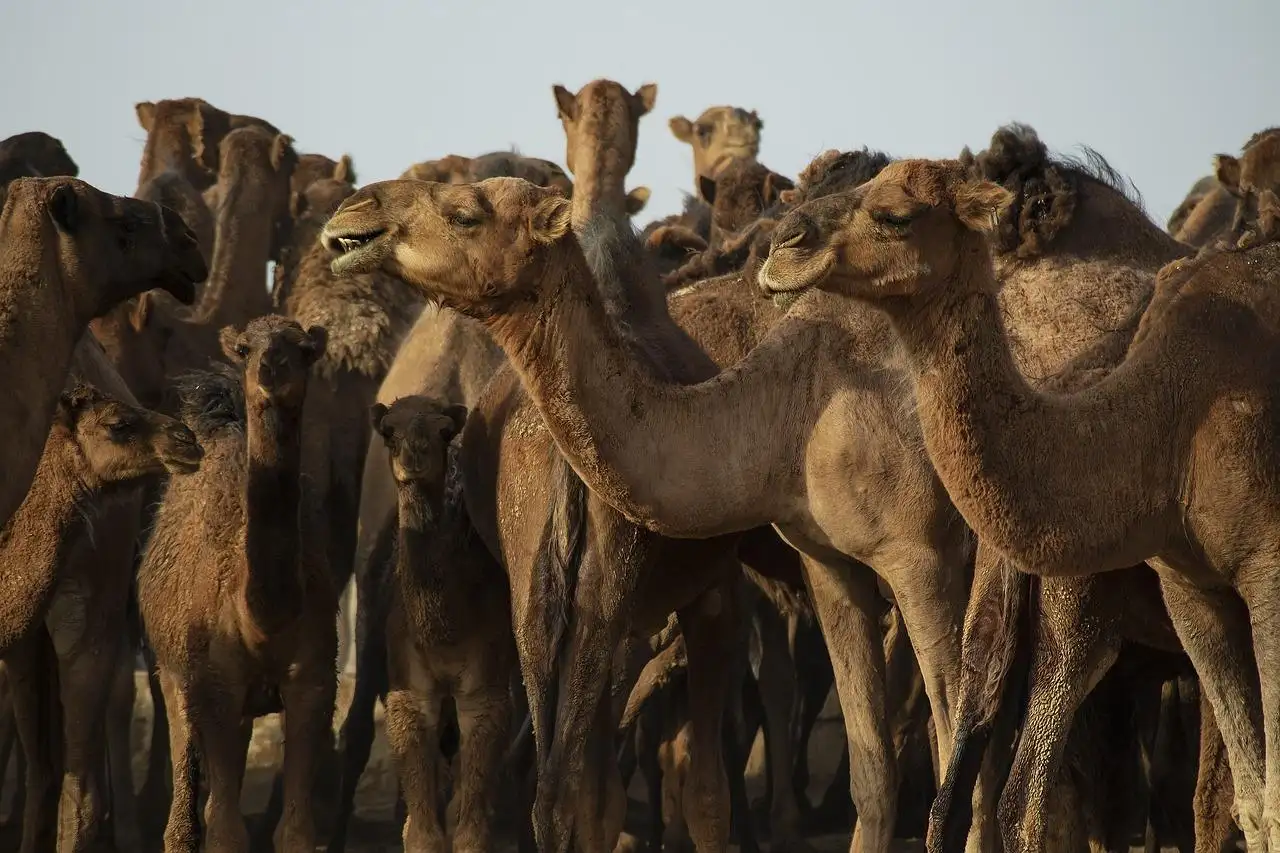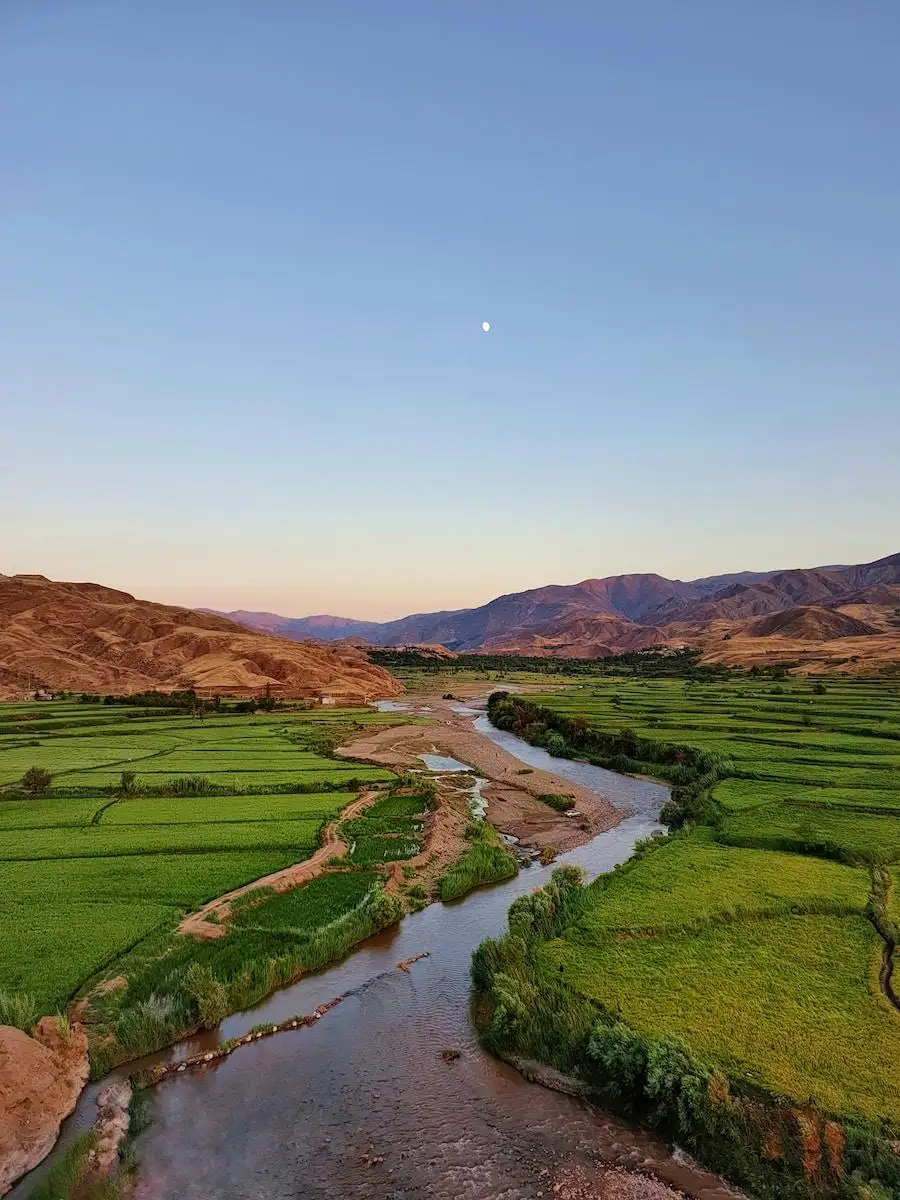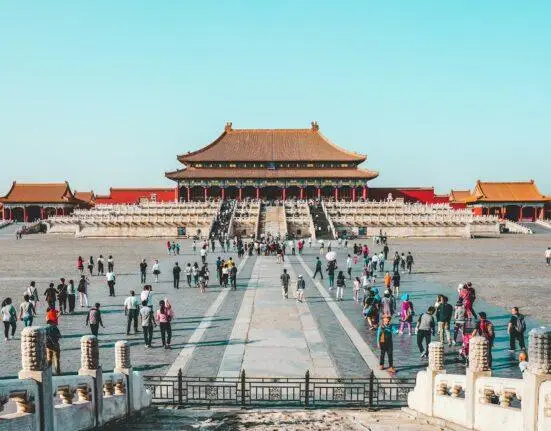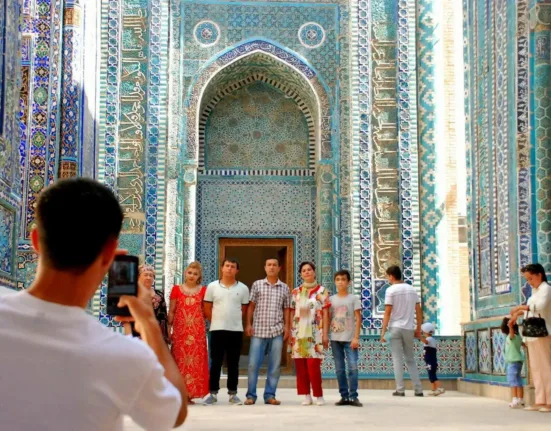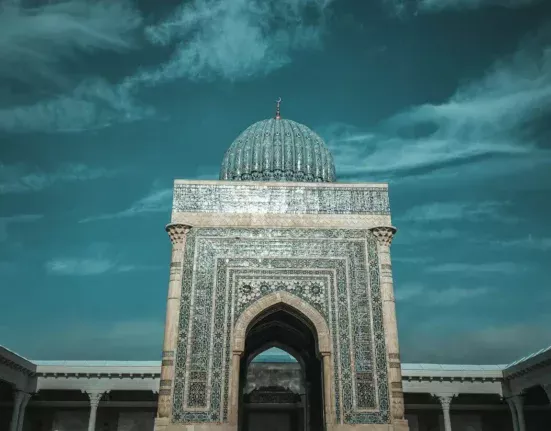Summary.Iran offers a unique blend of exotic cultures, diverse cuisines, and ancient heritage. To fully experience the country, plan your trip during spring (March to May) or autumn (September to November) for mild temperatures and fewer crowds. Spring offers the opportunity to explore World Heritage Sites and participate in the Nowruz celebration. Autumn offers vibrant colors, beautiful mosques, palaces, and monuments, and allows locals to enjoy parks and public areas. The kite-flying festival in October and food festivals in Kashan are also must-sees.
Do you crave exotic cultures, distinct gastronomies, and ancient heritage? Then you have to visit Iran in your next travel adventure! Out of all the amazing countries to visit, Iran offers something special and unique – a captivating mix of breathtaking landscapes, unparalleled cultural sites, and fascinating local experiences. But with so many good times to visit, when are the best times to go? As a traveler, you want warm and sunny days to explore the beautiful cities, beaches, and countryside of Iran.
To get the best overall experience, plan your trip to either spring (March to May) or autumn (September to November). During these times, you’ll find mild temperatures and fewer crowds, making it one of the best times to visit Iran! First, let’s explore the advantages of a trip during the spring. March and April are optimal months to avoid the summer heat, while still being able to enjoy the numerous wildflowers and pastures that transform the country into a paradise.
You can explore World Heritage Sites (such as Qom or Isfahan) or take part in the legendary Persian New Year celebration – the Nowruz (which literally means “new day”). Next, autumn is also an excellent time to visit Iran as well. This season is ideal to enjoy the vibrant colors of the setting sun over mosques, palaces, and monuments. And now that the temperature has cooled, the locals often spend time in parks and public areas – the perfect opportunity to meet local people and discover their culture! Also, the popular kite-flying festival in October is a must-see and you’ll be able to experience some of the most interesting food festivals in places like Kashan.
These Are The Best Times To Visit Iran
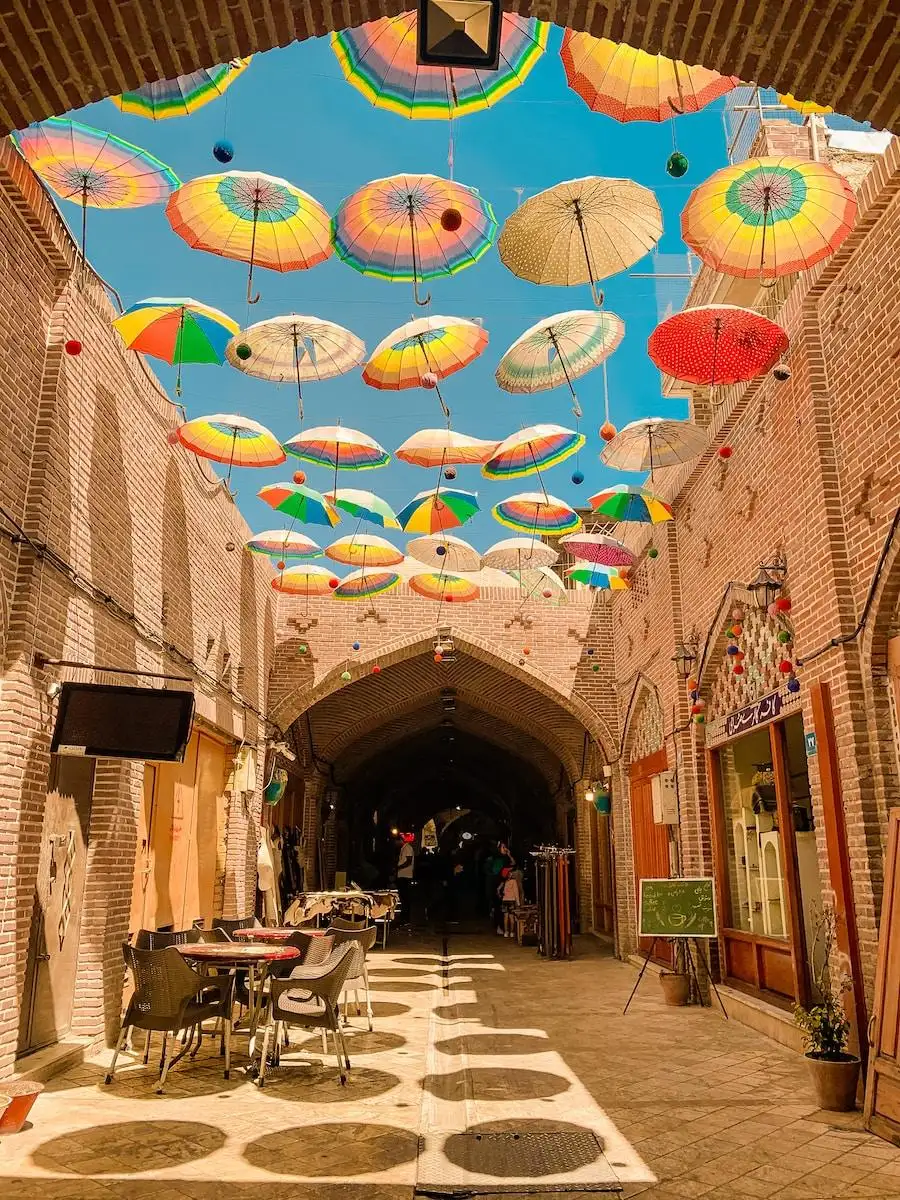
For first-time travelers, visiting Iran can be both an incredible experience and intimidating. However, April through June and October through November are the ideal months to visit the nation. The weather is temperate and pleasant throughout this season, giving it the ideal time to enjoy all Iran has to offer. In the spring and autumn, travelers visiting Iran may take in some breathtaking mountain landscapes. The Caspian area is lush and green, while the Alborz Mountains, which include the nation’s highest peak, Mount Damavand, become covered with wildflowers throughout the central regions.
Although the central, eastern, and southern areas, notably in and around the capital Tehran, tend to have extremely hot summers, the spring and fall months are also fairly nice. The hilly regions of the northwest are a perfect hideaway for people who prefer colder weather for tourism. Just a few hours outside of Tehran, for instance, lies the well-known ski resort of Dizin. Regardless of when you decide to go, try to make reservations well in advance and schedule your vacation for at least two or three weeks.
These two wonderful events take place in the summer, so visitors from other countries will need plenty of time to apply for visas and make travel arrangements. Take some additional time while traveling to Iran to verify the Iranian Air route network, since certain domestic flights may be abruptly canceled or delayed. It’s essential to be aware that blizzards, freezing snaps, and landslides may all make for difficult travel conditions if you’re coming in the winter.
What’s The Worst Month To Visit Iran?
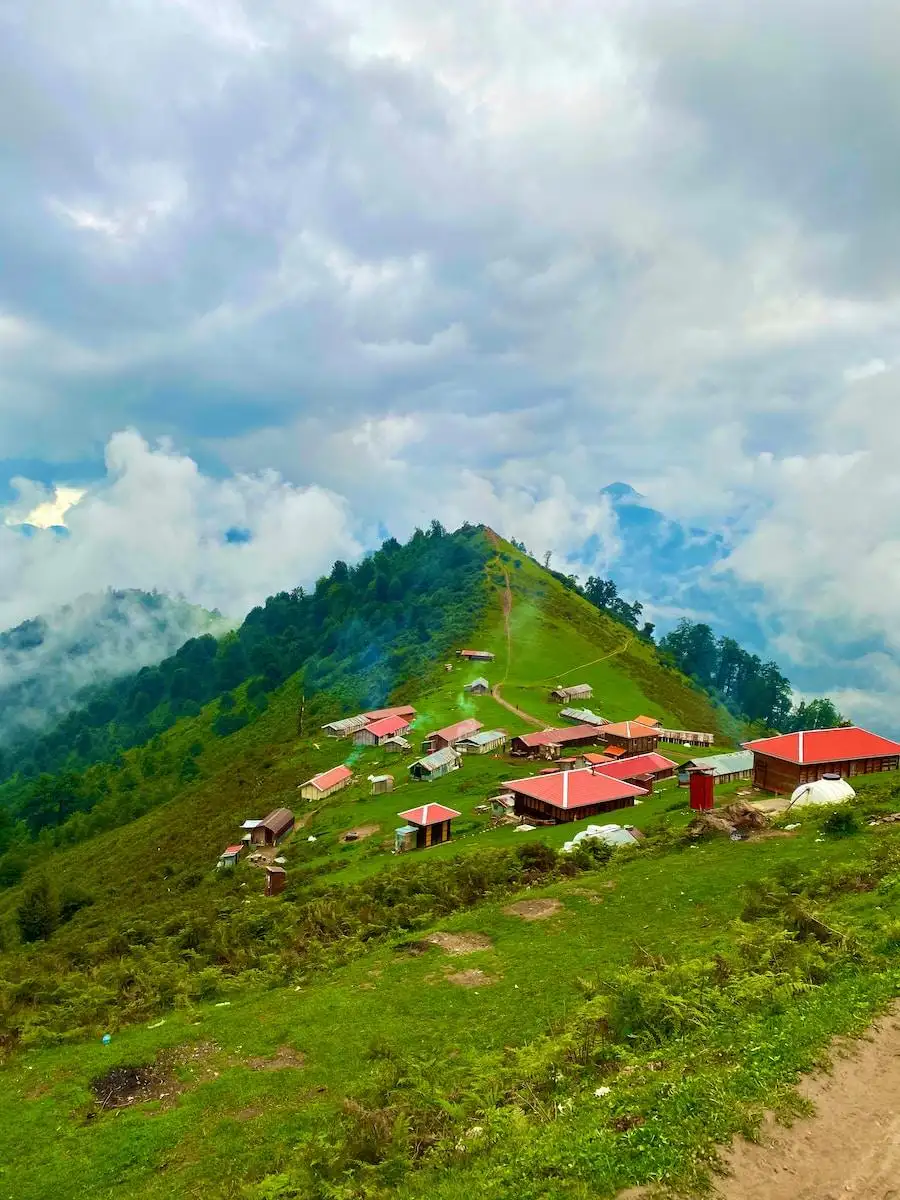
Planning a trip to Iran as an ambitious tourist might be a little scary, particularly given the paucity of knowledge on the nation and its culture. Iran’s spectacular natural beauty, rich history, and kind people are only a few of the things you’ll encounter on your trip if you go in with the appropriate understanding, however. To make the most of your trips, it is crucial to prepare beforehand. The worst month to visit Iran is generally one of the first subjects of discourse. The winter season, which lasts from December to March, is often thought of as the worst period of the year in Iran.
As a result, while making travel plans, several travelers would rather avoid this time. With the exception of the winter months, April through June is regarded as one of the warmest months. It is crucial to keep in mind that practically all locations with historical monuments or shrines forbid guests from entering in shorts or other unsuitable attire at this time. Additionally, dust storms and muddy roads may occur in various areas of the nation during this time.
The months of September through November in the autumn are the ideal time of year. Iran has little to no rain and moderate to warm temperatures during this time of year. Additionally, the weather is pleasant at this time for touristic and cultural activities. Additionally, it offers the finest accessibility to outdoor pursuits like hiking and camping. Another benefit of this time of year is that you may take advantage of Iran’s harvest season and buy some of the finest fruits and vegetables the nation has to offer.
Best Month To Visit Iran To Beat The Crowds
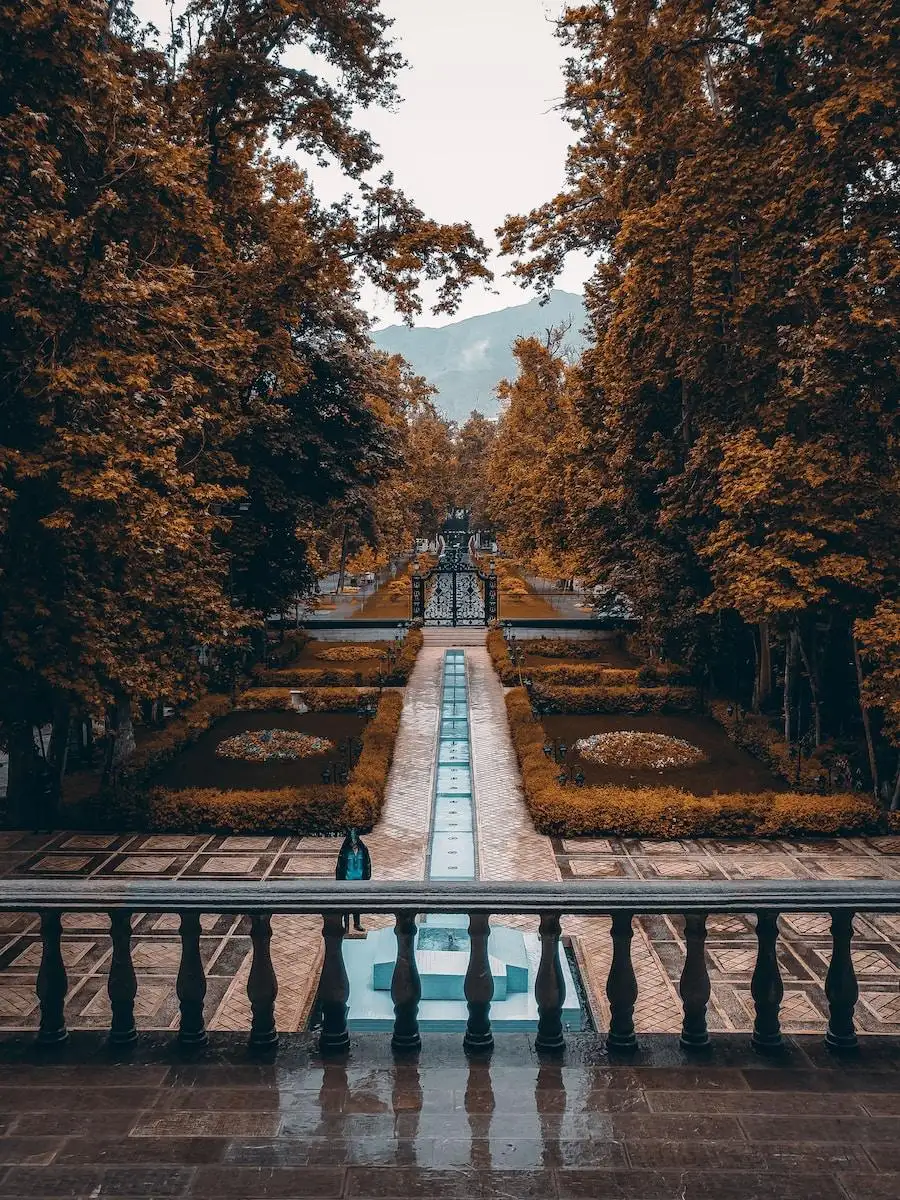
Traveling is a fantastic experience that may create enduring memories. Visit Iran in the off-season if you want to enjoy the most breathtaking views and experiences the country has to offer. The ideal time to go to Iran to avoid the crowds and have the most memorable trip is from October to January. The best time to visit Iran is in October since there won’t be as many tourists there as there are during the peak travel season. The historical sites won’t have to worry about tourists jostling for space, so they can spend more time uninterruptedly taking in the culture and scenery.
Cities like Tehran, Esfahan, Shiraz, and Yazd may have rainy weather in November and December. However, bad weather shouldn’t deter you from traveling to the nation. These months feature fewer visitors and lower rates than the peak season, which is an appealing gain despite the decline in rain showers. You may also get incentives like free event tickets and attraction admission fees.
All of the major cities enjoy pleasant weather, making this an excellent time to see the mosques, palaces, and historic city centers. Due to Iran’s mild winters and well-maintained roads, many areas of the nation are also accessible at this time of year. Iran is certain to provide visitors with a memorable experience no matter the month. Avoid the peak travel season and schedule your vacation for the autumn or winter to get the most out of the Middle Eastern culture and environment!
What To Know Before Traveling To Iran

Iran travel is not like other vacation destinations. There are a few things you should be aware of before you set off on your adventure. Discovering Iran’s culture, history, and people via travel is a fascinating and thrilling experience. Although it is an interesting and rewarding location to visit, it might seem scary if you are not acquainted with the laws and traditions. Here is what you need to know before visiting Iran in order to make sure that your trip goes as well as possible. The months of April and May are often the finest for travel to Iran.
The weather will be pleasant throughout these months, and Iran’s natural beauty will be at its best. It’s essential to keep in mind that there is a clothing requirement while entering Iran. Women are required to don a hijab that completely covers their hair, a long-sleeved top, and either pants or a long, flowy skirt. Sports shirts, pants, or jeans are often suitable for males. Clothing that covers shoulders and knees is required for all genders.
While foreign money may be exchanged at banks, it is not often accepted in markets and other locations. Using prepaid cards or exchanging travelers checks is significantly simpler and more practical for travelers. However, keep in mind that US Dollars could not be converted. It’s also important to keep in mind that not all banks will accept credit card payments, so it’s smart to have extra cash just in case.
Weather And Temperatures In Iran
Do you like to travel to other countries? If so, Iran ought to be at the top of your list of places to go. The nation, which is home to some of the world’s oldest civilizations, has a distinctive culture and a wide range of attractions, including historical sites, vibrant bazaars, and breathtaking mountain scenery. However, its temperature and weather may change significantly throughout the year, so you’ll want to be informed of the ideal times to visit before you decide to pack your bags and purchase your tickets.
May through August gets little to no rain over the majority of the nation, whereas November through February sees a lot of precipitation. According to height, temperatures also vary greatly around the nation; if you’re traveling in the northern mountain areas, you may expect lower weather. The majority of Iranian cities see summertime highs of above 40°C, so bring sunscreen and lightweight clothes.
However, temperatures in the northern Caspian Sea region are usually more pleasant, with average temperatures around 28-30°C. The spring months (March- May) offer some mild and pleasant days, as the temperature starts to cool. This, together with the blazing colours of new growth, makes this the ideal time of year for sightseeing. The cooler, more accessible temperatures also make it the ideal time to explore the numerous attractions of the cities and countryside.
Our Final Thoughts
Are you yearning for some adventure and exploration? Are you ready to shed your inhibitions and broaden your horizons? Well, Iran is the perfect place to spark your journey of discovery! As a country rich in culture and tradition, Iran boasts delightful sights, sounds and flavors! When’s the best time to go? Let’s explore…Summer months of July and August are generally the most unfavourable to visit Iran, as temperatures can reach 45°Celsius and higher in the more populated cities. That doesn’t mean that you can’t visit during this period though – it just might be a tad too hot for some!
Though the climate varies from province to province, you’ll be glad to find many outdoor activities are possible during these seasons. Whether it’s relaxing in an outdoor teahouse, taking a daytrip to the Persian countryside, or enjoying culinary delights around the country – the outdoors awaits you! If you’re looking to visit the mountain regions and ski resorts, winter (December-February) is the perfect time!
You can expect to find cold and dry weather in northwest, west and central Iran – enough to put on your ski gear and hit the slopes!So, what should you be prepared for on your Iran trip? Stunning views of snow-capped mountains, ruins of caves, occasional snowstorms and beautiful, crystal-clear springs are always worth taking a look at!
So, how about adding a dash of adventure and exploration to your life? Iran has the hospitality and culture you’re looking for! So, what are you waiting for? Are you ready to embark on an amazing journey? What are you most excited to explore? Will winter sports take precedence over summer escapades? Let us know in the comments!
Frequently Asked Questions (FAQs):
What are the best times to visit Iran for a remarkable travel experience?
The ideal times to visit Iran are during the spring (March to May) and autumn (September to November) seasons when the weather is mild, and the landscapes are at their most captivating. These periods offer pleasant temperatures and are perfect for exploring Iran’s extraordinary destinations.
Are there any specific events or festivals that make certain times of the year more appealing for a visit to Iran?
Absolutely! Iran hosts several captivating festivals throughout the year. For instance, the Nowruz Festival in late March celebrates the Persian New Year with vibrant traditions and festivities. Additionally, the Tehran International Book Fair in May attracts book enthusiasts from around the world. These events add an extra layer of excitement to your visit.
Will visiting during the off-peak seasons provide any advantages?
Visiting during the off-peak seasons, such as winter (December to February) and summer (June to August), has its advantages. These periods offer fewer crowds, allowing you to have a more intimate experience with the attractions. Additionally, you may find better deals on accommodations and flights during these times.
Are there any specific regions or cities in Iran that are particularly enchanting during certain times of the year?
Yes, several regions in Iran have unique charms during specific times of the year. For example, visiting Shiraz in the spring allows you to witness the blooming of the famous Persian gardens, while the autumn colors in the northern city of Rasht are simply breathtaking. Each season paints different regions with its own magical palette.
Are there any precautions to consider when visiting Iran during the recommended periods?
It’s advisable to check the local holidays and religious observances, as they may affect the availability of certain attractions and services. Additionally, be mindful of the peak tourist seasons, as popular sites might be more crowded during those times. It’s always a good idea to plan and book in advance to ensure a smooth and enjoyable visit.
How can I make the most of my visit to Iran during the recommended periods?
To make the most of your visit, consider exploring a diverse range of destinations across Iran. From the bustling cities of Tehran and Isfahan to the serene beauty of Persepolis and the enchanting deserts of Yazd, Iran offers an array of unforgettable experiences. Engaging with local culture, trying traditional cuisine, and interacting with friendly locals will enrich your journey.
Are there any particular outdoor activities that are best enjoyed during the recommended times to visit Iran?
Absolutely! Spring and autumn are ideal for outdoor activities such as hiking in the Alborz Mountains, exploring the pristine beaches of the Persian Gulf, or experiencing the nomadic lifestyle in the Zagros Mountains. These seasons provide pleasant temperatures and beautiful natural landscapes, creating perfect conditions for outdoor adventures.
Would You Like Some Inspiration? See More Articles Relating To Iran:
- Is It Risky To Travel To Iran At This Time?
- Useful Things To Know Before Travelling To Iran
- Your Comprehensive Guide To Planning Your Trip To Iran
- These Are The Best Times To Visit Iran
- Budget Travel In Iran: Discover The Land Of Beauty And Hospitality On A Shoestring!
Your Next Adventure Starts Here – Don’t Miss Out!
Everything you need to book, plan, and live your dream trip—right at your fingertips. The best deals and experiences sell out fast, so start exploring now before they’re gone.
Score unbeatable airfare deals with Skyscanner and Expedia. Compare flights worldwide, find hidden discounts, and book in minutes. Lock in your ticket now before prices jump.
Find the perfect place to stay anywhere in the world. Compare prices, read reviews, and book instantly for peace of mind on your travels.
Protect yourself while traveling with comprehensive insurance options. Quick setup, global coverage, and peace of mind wherever you go.
Discover tours, activities, and unforgettable experiences. Book easily online and explore at your own pace.
Get your Revolut card to manage your finances effortlessly while traveling. Instant digital setup, low fees, and worldwide acceptance make spending safe and simple.
Stay connected anywhere with global eSIMs from Airalo. Easy setup and affordable data plans for travelers.
Book local experiences and deals effortlessly with Saily. Save money while discovering unique activities.
Claim compensation for delayed or canceled flights with AirHelp. Quick and hassle-free process for travelers.
Love our content? Support our team in content creation via Buy Me a Coffee. Every contribution helps us deliver better guides, tips, and travel inspiration.

